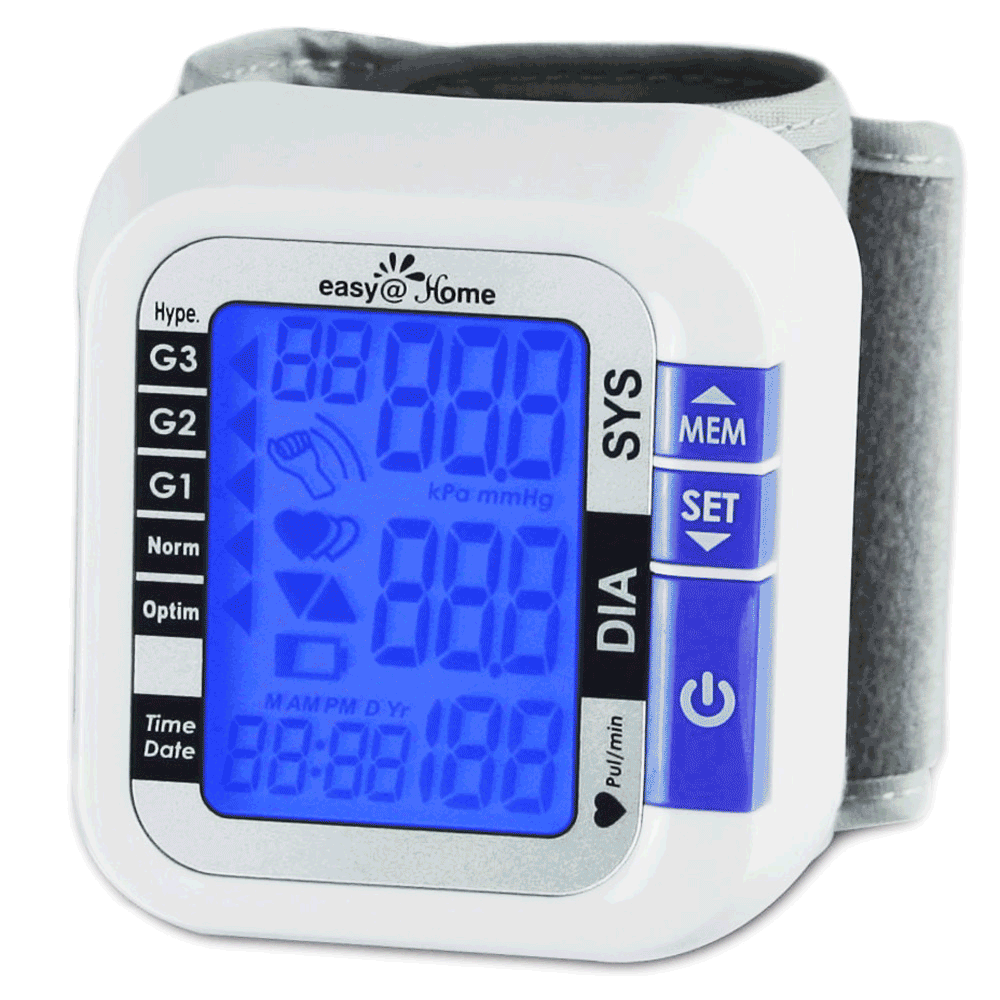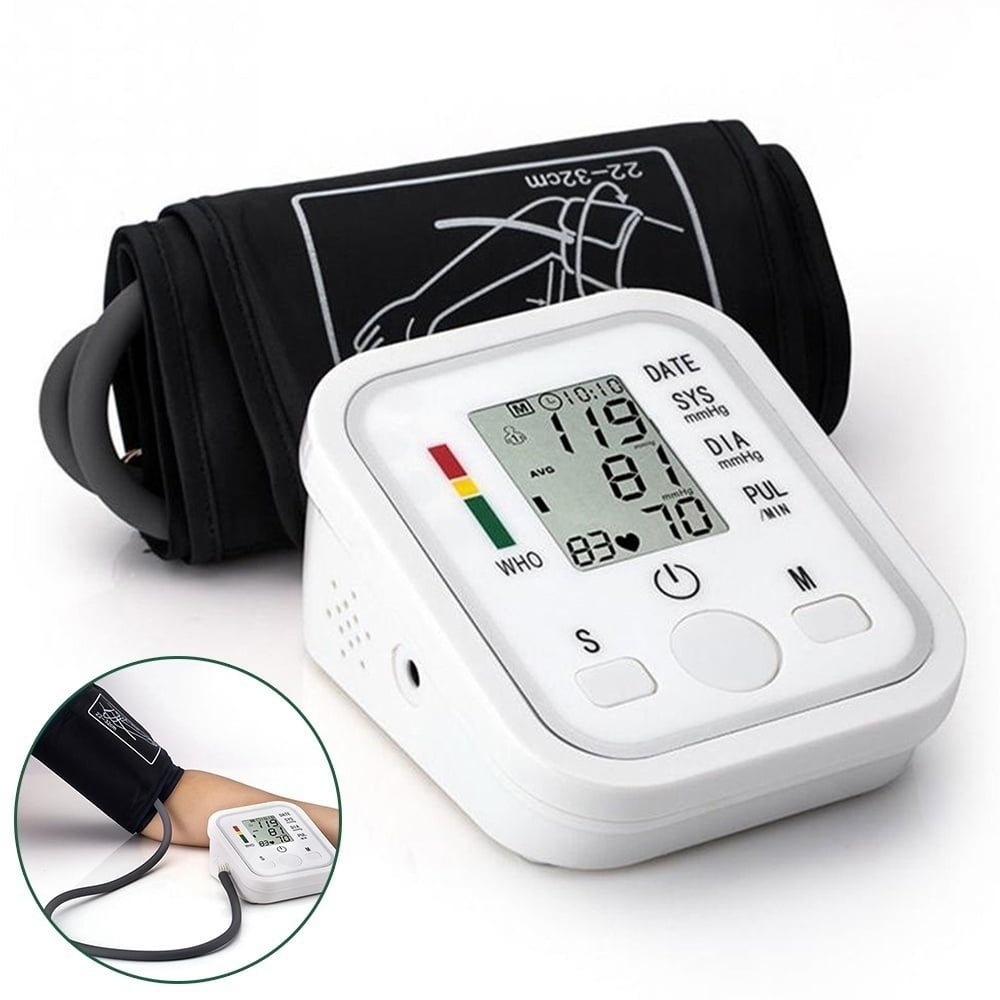

Patients with an implanted pacemaker or defibrillator are given a monitor, a small transmitter to keep at home, which communicates with the cardiac device wirelessly. But with remote cardiac monitoring, the information is communicated to your healthcare team in real time using wireless technology and a Bluetooth-enabled device. If you’ve needed a high energy shock during that time, your healthcare team would learn about it retroactively. Traditionally, with the wave of a wand, data from an implanted cardiac device is collected and downloaded during a routine office visit every three to six months, which provides your doctor with a history of the device’s electrical activity. If an ICD detects a dangerous rhythm because your heart is beating too fast, for example, the device will deliver a therapy - a high energy shock directly to your heart to restore a normal heart rhythm and prevent sudden death. Remote Monitoring: Here’s How It WorksĪn implanted cardiac device, such as an implantable cardioverter defibrillator (ICD) or a pacemaker, is essentially a small computer that collects data throughout the day and night, springing into action when necessary. To reduce your risk of contracting coronavirus, telemedicine options such as remote monitoring can reduce the need to visit a doctor’s office or hospital filled with sick patients, especially for a routine follow-up visit. People with heart disease are at high risk for serious complications from COVID-19.

“Remote cardiac device monitoring is a fantastic way to follow patients and it has always been important, but it’s especially important in this era of COVID-19,” says Merritt Raitt, MD, director of the VA National Cardiac Device Surveillance Program in Portland, Oregon.
At home heart monitor how to#
How to Prepare for a Virtual Doctor Visit With remote monitoring, the number of visits drops to one to two per year. Without remote monitoring, patients must visit the doctor every three to six months (depending on device type) for a data download. One of the most important benefits of remote cardiac device monitoring is that it cuts down on routine doctor visits. “And in the last couple of years, there has been a huge push to get patients on remote device monitoring because we’ve seen the data from observational studies and clinical trials, which suggests there are a number of benefits to the patients.” Why Remote Cardiac Device Monitoring Matters Now More Than Ever That’s when cardiac devices began using wireless technology, which allowed patients to easily connect with their healthcare providers. “In the early days, it wasn’t easy to use and we didn’t have the infrastructure to support it.” But in 2001, things started to change, Dr. “The technology has actually been around since 1971,” says Lindsey Rosman, PhD, an assistant professor of medicine in the division of cardiology at the University of North Carolina (UNC) School of Medicine in Chapel Hill. If you have an implantable medical device, remote monitoring allows your healthcare team to monitor your heart health and the function of your cardiac device without you having to be physically present.

with a implantable cardioverter defibrillator (ICD), or other implanted cardiac device, such as a pacemaker, or implanted cardiac monitor–loop recorder: Remote cardiac device monitoring. But here’s another telemedicine advance to put on your radar, especially if you’re among the more than 1.7 million adults in the U.S. Video visits are just one way telemedicine is making medical care safer and more accessible. To slow the spread of the coronavirus, clinics and hospitals are encouraging patients to use telemedicine with live-video appointments called video visits.


 0 kommentar(er)
0 kommentar(er)
